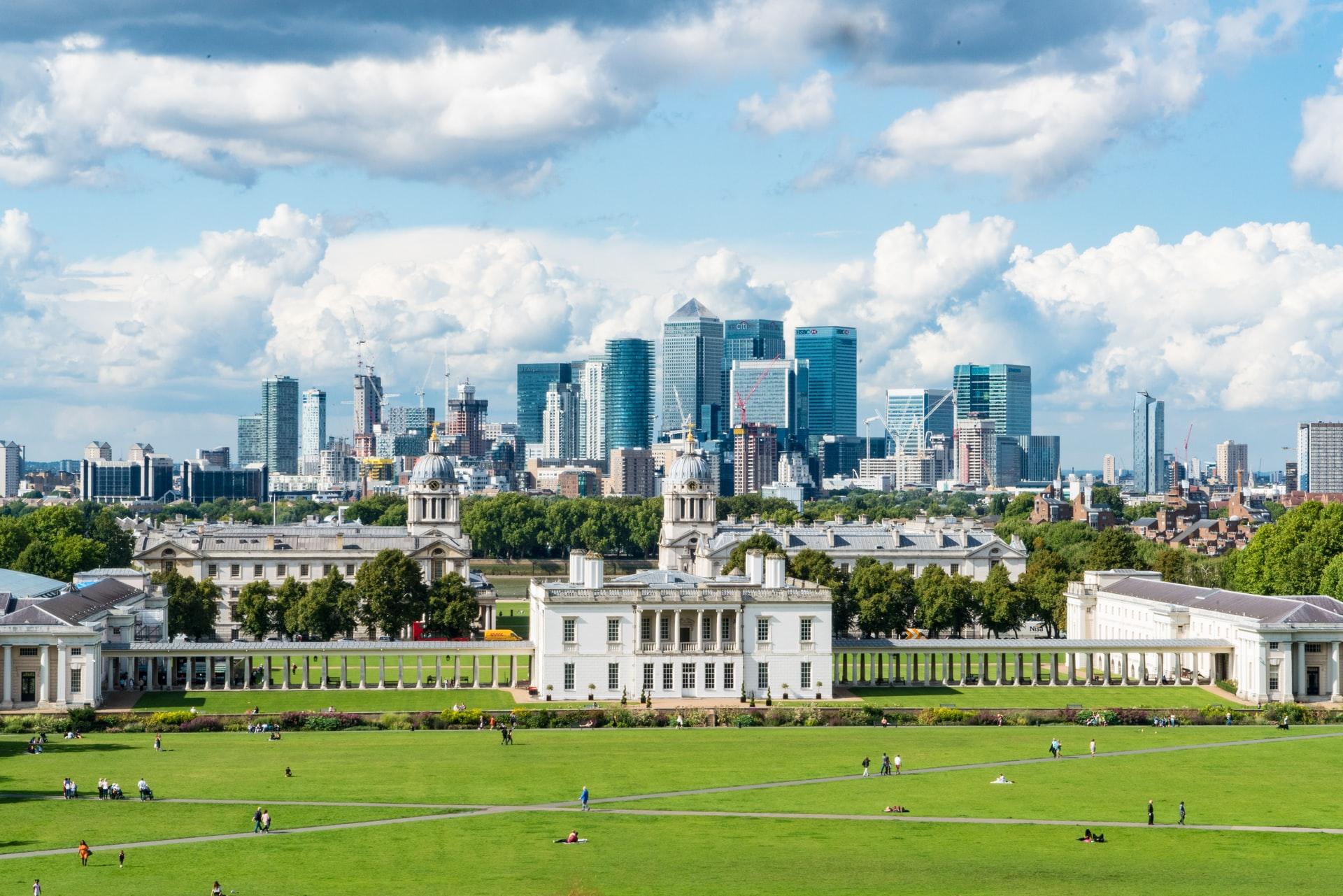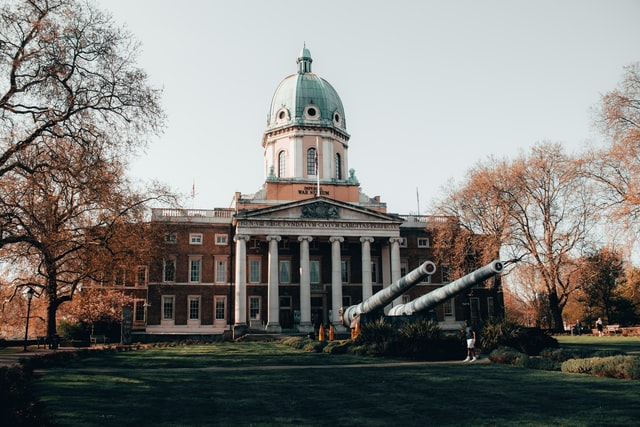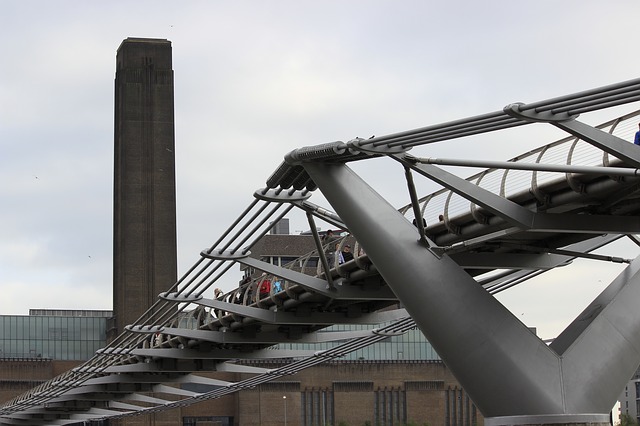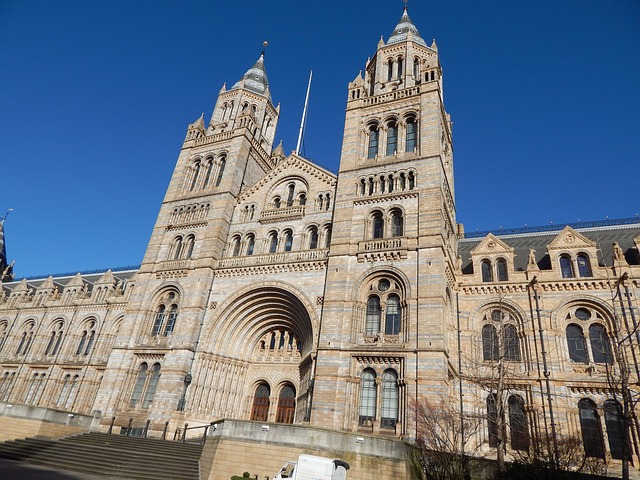Queen’s House
The project was commissioned to the architect Inigo Jones by King James I as a gift to his wife, Queen Anne of Denmark. In other words: the name of the palace says it all. There are many reasons why you may come to Queen’s House. Maybe it is because you love architecture, art, history, design or just walking around Greenwich, one of London’s most popular tourist attractions. The visit is free of charge.
The Queen’s House – architecture of a new era
The queen’s house began to be built in 1616 and was completed around 1636. Since the death of Queen Anne of Denmark in 1619 her gift has not been fully completed. The completion of the building, entirely in classical style, marked a break with Tudor architecture, the main representative of which is Hampton Court Palace .
Compared to other palaces you can visit in England, Queen’s House can be considered small. This means that you can spend a lot of time paying attention to detail. They are, mainly on the walls, filled with works of art, but also on the ceiling and floor. And the way it has been designed makes it easy to visit. Everything is around a large hall, with entrance to all the rooms. From the balcony, looking down, you will be impressed by the beauty of the floor design.
Video
Changes over time
Military references are a feature of virtually every room in Queen’s House. On the walls, there are many pictures that refer to the importance of the British Navy. In addition to the importance that the naval force had for the expansion of the British Empire, these references are also linked to the changes that the house has undergone. In 1805 it was given by King George II to orphans of sailors and was renamed Royal Naval Asylum. Prior to this it belonged to Henrietta Maria, who had received Greenwich as a gift from her husband Charles I, son of King James.
The King’s and Queen’s Chambers
Of course, the highlights of the visit are the King’s and Queen’s Chambers. But don’t expect to find there the objects that were part of the house. When you enter the Queen’s room, for example, you won’t see the bed, the cupboards, the bedside table, as happens, for example, at Hampton Court Palace.
The Stuart and Tudor Dynasties
Another history lesson is also held in the queen’s rooms; one of the rooms is a meeting place for two dynasties: the Stuarts and the Tudors. James I was the last king of the Stuart family, who for a long time fought the famous War of the Roses with Lancaster. The Tudors came next and dominated England for a century. Henry VIII and his daughter Elizabeth I were the two most outstanding monarchs of the Tudor dynasty. The father, out of extravagance, while the daughter promoted the expansion of the British Empire.
You cannot fail to appreciate one of Queen’s House’s most important relics: the mask of Elizabeth I, which was made from her remains. The mask shows one of the main curiosities of the monarch’s life: the shaved hair, which led to her nickname of Bald Queen. It is a brilliant work of restoration, which has been placed in front of her with a magnificent portrait of herself. Remember that Elizabeth I was born in Greenwich.
The tulip-shaped staircase
There is much more to see and learn at The Queen’s House, but there is one detail you can’t fail to notice before you finish your visit: as you descend the stairs and reach the ground floor, look up. Your eyes will see the breathtaking shape of the stairs leading to the upper floors. And you will discover why this masterpiece is called Tulip Stairs. An authentic work of art and design.
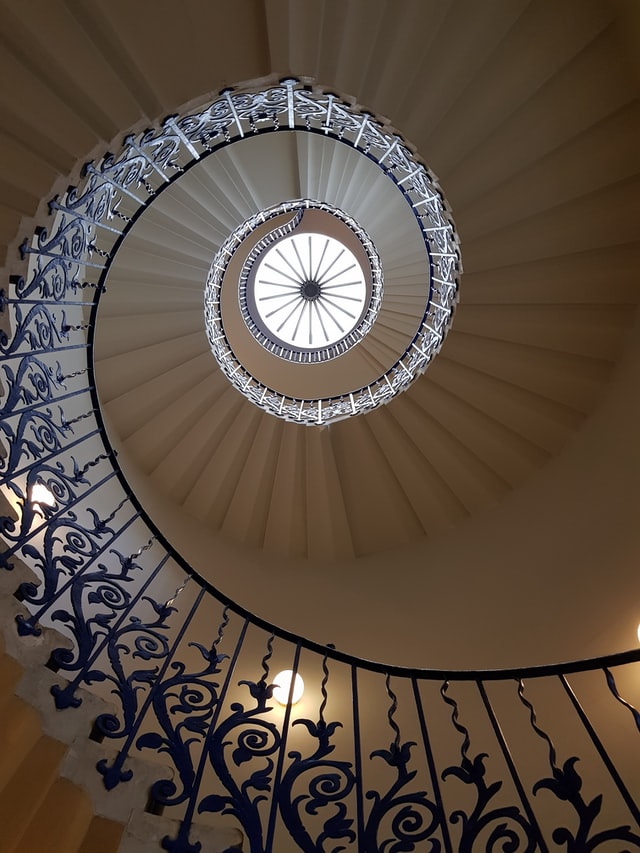
Getting to The Queen’s House is very easy: just include it in your itinerary to visit Greenwich, a place full of tourist attractions, and spend an hour of your time enjoying this masterpiece of classical architecture.
Romney Rd, Greenwich, London SE10 9NF, United Kingdom
https://www.rmg.co.uk/queens-house
https://g.page/QueensHouseGreenwich?share

